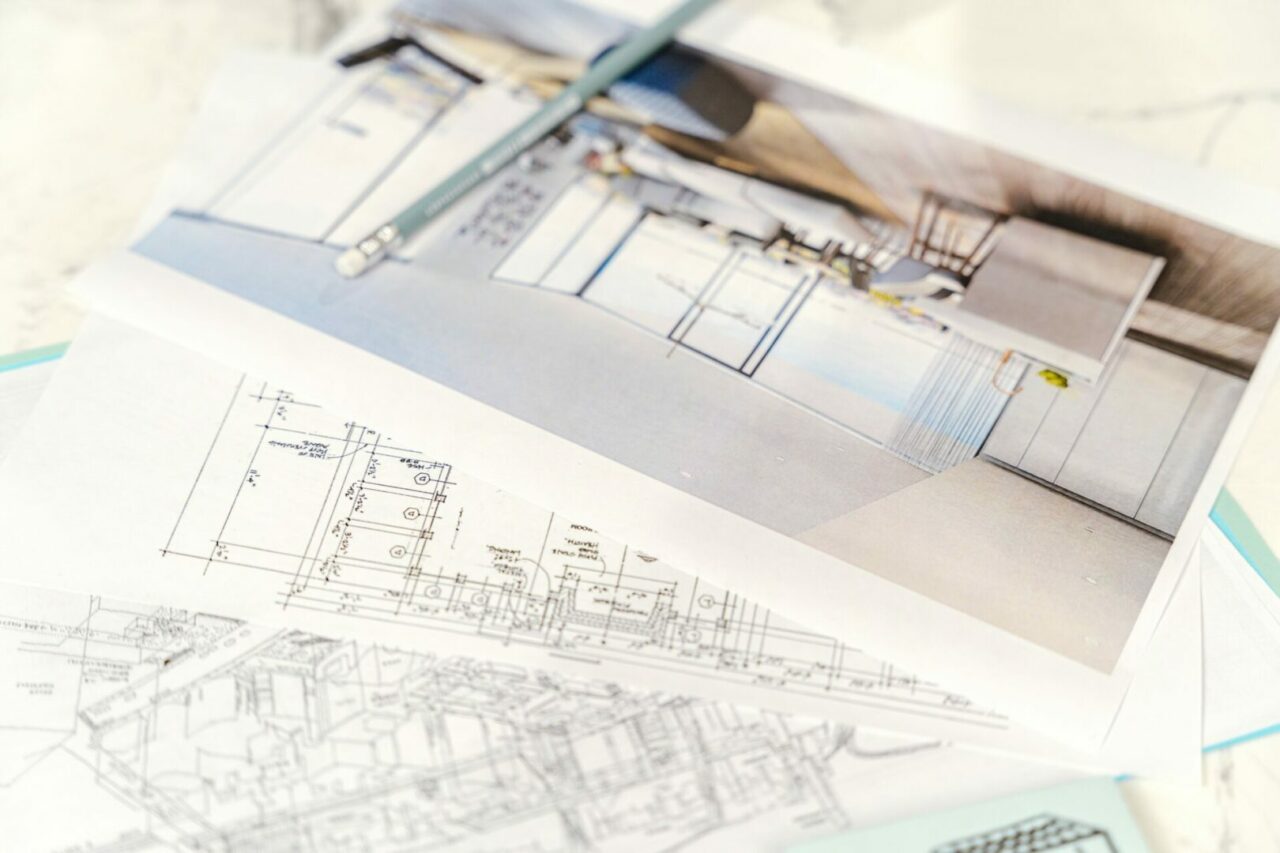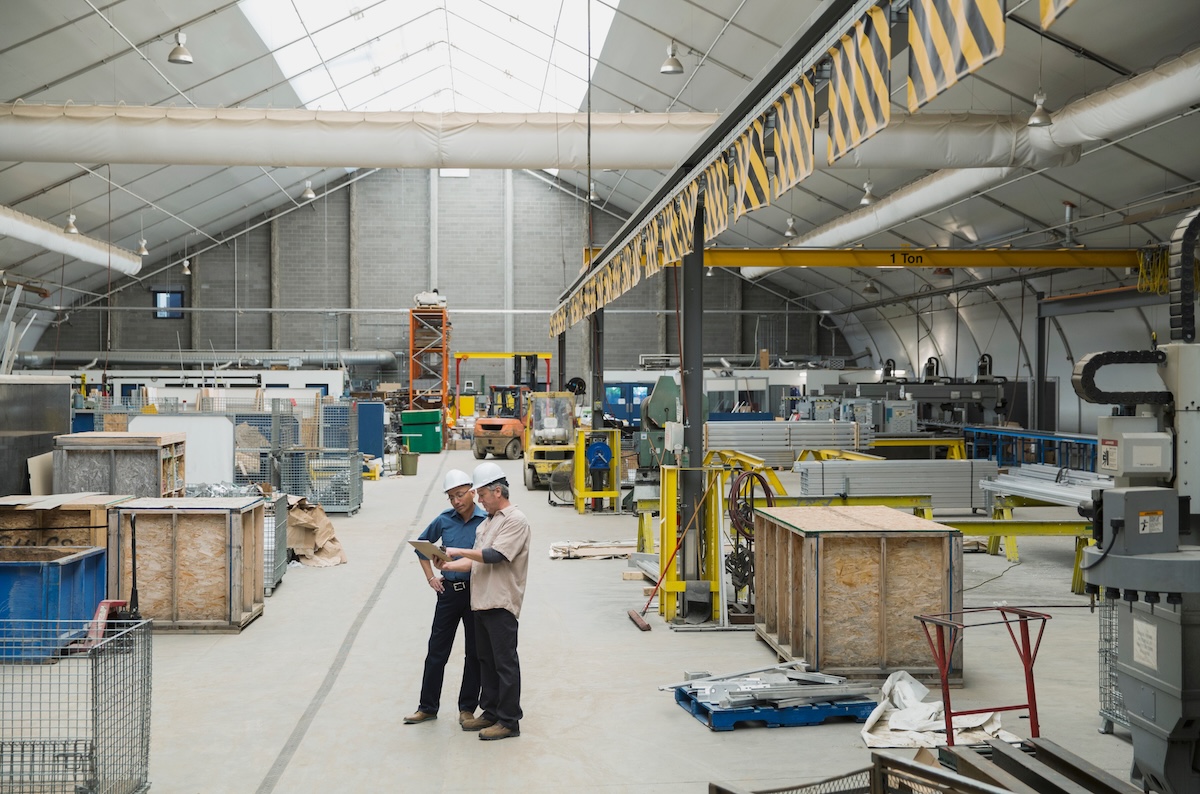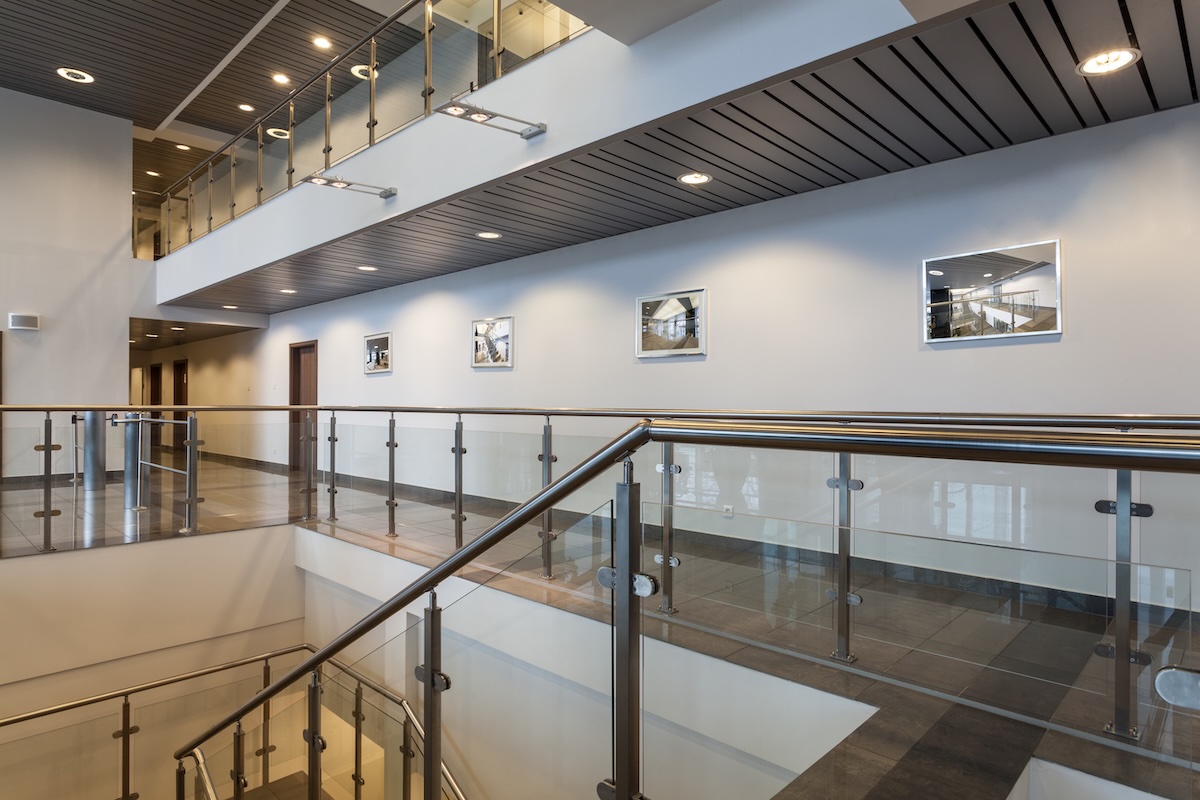All ecommerce businesses rely on having adequate warehouse space to facilitate the easy storage and retrieval of goods. The design of the warehouse itself is key, as inefficiencies can cause costly delays for the business.
The Mezzanine Company is a leading UK installer of warehouse mezzanines. We help ecommerce businesses maximise warehouse space by making use of what is often redundant vertical space and turning it into vital storage space instead.
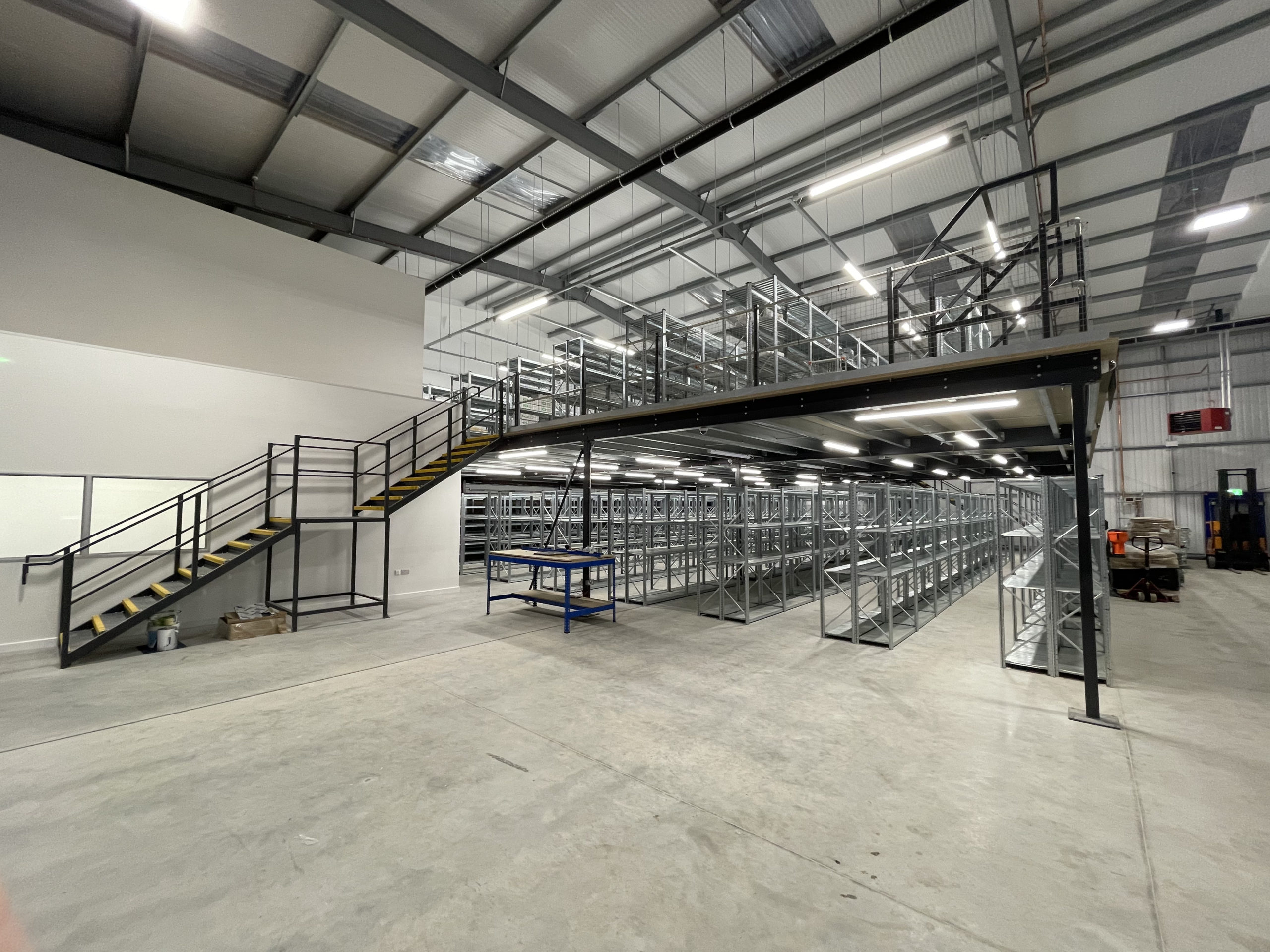
Accommodating The Key Functions Of An Ecommerce Warehouse
It’s a given that ecommerce warehouses store goods. However, there are specific systems that cover every part of the process from the moment the goods are received until they are dispatched to the customer.
The following functions cover the receiving, storage, picking, packing, shipping and returns of orders:
- Docking bays
- Inspection zones
- Sorting
- Labelling
- Racking systems
- Climate controlled storage
- Picking zones
- Packing stations
- Order verification zones
- Sorting conveyor systems
- Courier integration
- Loading bays
- Returns processing
- Recycling
Therefore, the design of the warehouse needs to not only accommodate these different functions but also do so in the most efficient of ways.
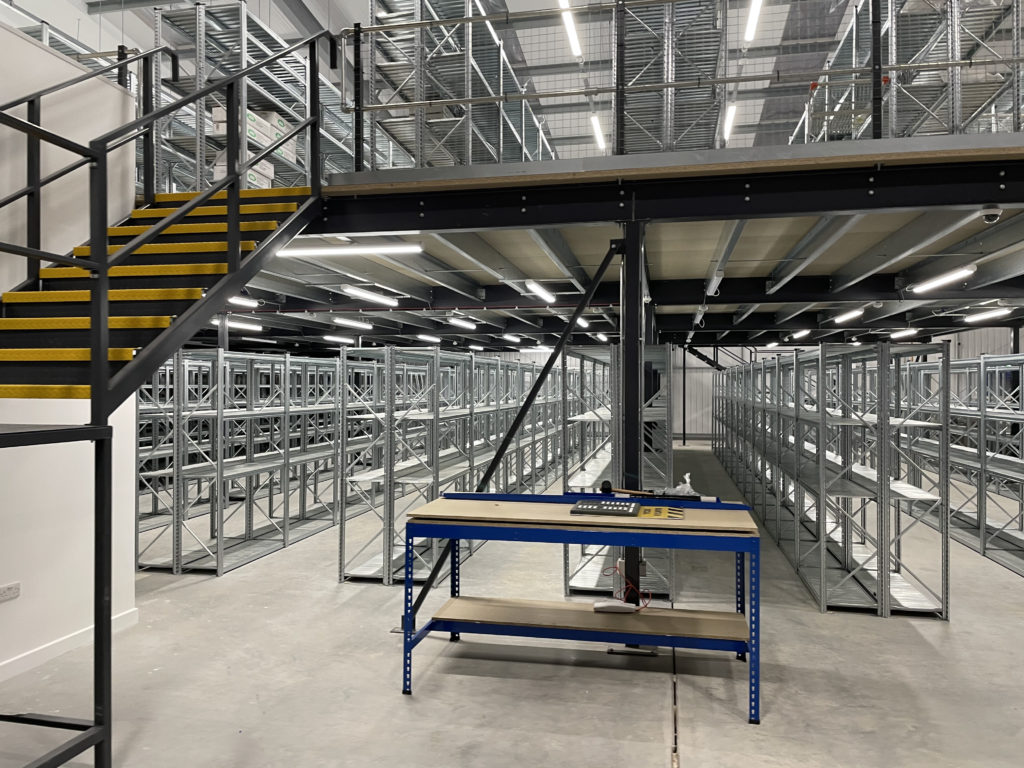
Optimising The Warehouse Layout
When designing a warehouse for ecommerce, the layout needs to factor in the efficient movement of goods.
Not only does ecommerce require high volume storage, but there are also many customer demands that need catering to.
For instance, customers often have the expectation of next-day deliveries. Likewise, customers also want the correct items to arrive and their orders should also be free of damage.
As a result, the design of an ecommerce warehouse needs to be carefully managed so that goods can be stored and retrieved easily.
Some key terms to know when designing a warehouse layout for ecommerce include:
- ABC analysis
- Dock-to-shelf time
- First-in, first-out (FIFO)
- Golden zone
- Last-in, first-out (LIFO)
Making full use of the available space is key to achieving an efficient flow as goods move in and out of the warehouse.
In terms of the layout, the floor plan should encompass the floor-to-ceiling space. For instance, by designing your warehouse to include mezzanine flooring, can vastly increase storage for your ecommerce business.
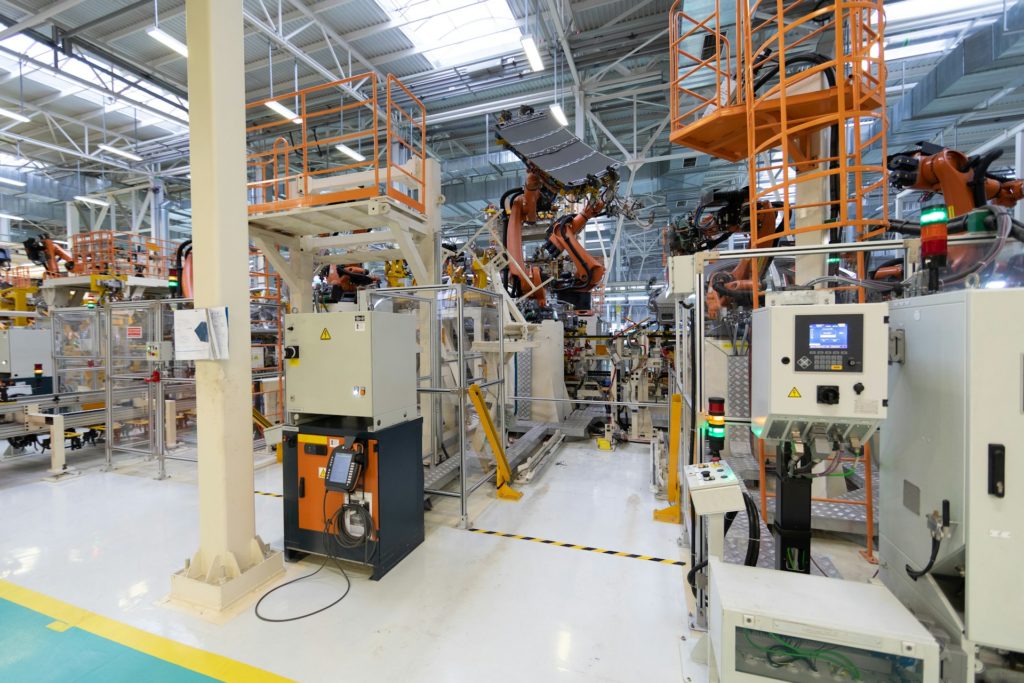
Making Use Of Automation
Designing a warehouse for ecommerce is a tall order, not least because there are various health and safety requirements to factor in. Likewise, the challenge to remain profitable is ongoing, especially when it comes to catering to things such as seasonal trends and peak demand.
As ecommerce is a digital entity, order data can be used to design an efficient warehouse system. When customer behaviour is taken into account, this can make it far easier to understand how items should be stored to enable a speedy retrieval and dispatch.
Warehouse management systems (WMS) can also oversee key steps of the process such as order processing and inventory tracking.
AI can also be used to provide real-time updates about orders, while automated guided vehicles (AGVs) can facilitate the movement of goods.
Crucially, all of the data can be used to understand if the layout of the warehouse is working or whether refinements can be made. By studying this data, ecommerce businesses can remain competitive, especially when the warehouse layout is maximising the speed and accuracy of orders.
Increase Your Warehouse Space With Mezzanine Flooring From The Mezzanine Company
Do you own or work on behalf of an ecommerce facility in the UK?
When designing a warehouse layout for an ecommerce business, making full use of the building is key to boosting growth.
Adding a mezzanine to a warehouse can drastically improve the available storage space. The Mezzanine Company are leading UK experts in mezzanine storage for warehouses.
To find out more about increasing the usable space in a warehouse through mezzanine flooring, please get in touch.
Alternatively, please give us a call on 0115 939 7572 to speak with our team.

